Centrum dokumentacji
Kompleksowe instrukcje techniczne i przewodniki, które pomogą Ci opanować obsługę maszyn HARSLE i zoptymalizować wydajność obróbki metali
Błędy przy zakupie giętarki do rury górnej i jak je naprawić?
- 1. Ignoring Production Needs and Specifications
- 2. Overlooking Machine Accuracy and Repeatability
- 3. Choosing the Wrong Control System
- 4. Neglecting Tooling Compatibility
- 5. Underestimating Material Support and Clamping Systems
- 6. Ignoring After-Sales Support and Spare Parts Availability
- 7. Focusing Only on Price Instead of Value
- 8. Ignoring Safety Features
- 9. Skipping Machine Testing and Demonstrations
- 10. Ignoring Future Expansion and Automation
- Często zadawane pytania
- Wniosek
Giętarka do rur Buying Mistakes are more common than many manufacturers realize, and avoiding them is essential for ensuring precision, efficiency, and long-term reliability in your production line. Many buyers—especially those new to metal fabrication—make decisions that lead to costly downtime, rework, or unsatisfactory bending results. In this article, I’ll highlight the most frequent Tube Bending Machine Buying Mistakes and explain how to fix or prevent them. Whether you’re investing in your first CNC or NC tube bender, this guide will help you make smarter, more confident purchasing decisions.
1. Ignoring Production Needs and Specifications
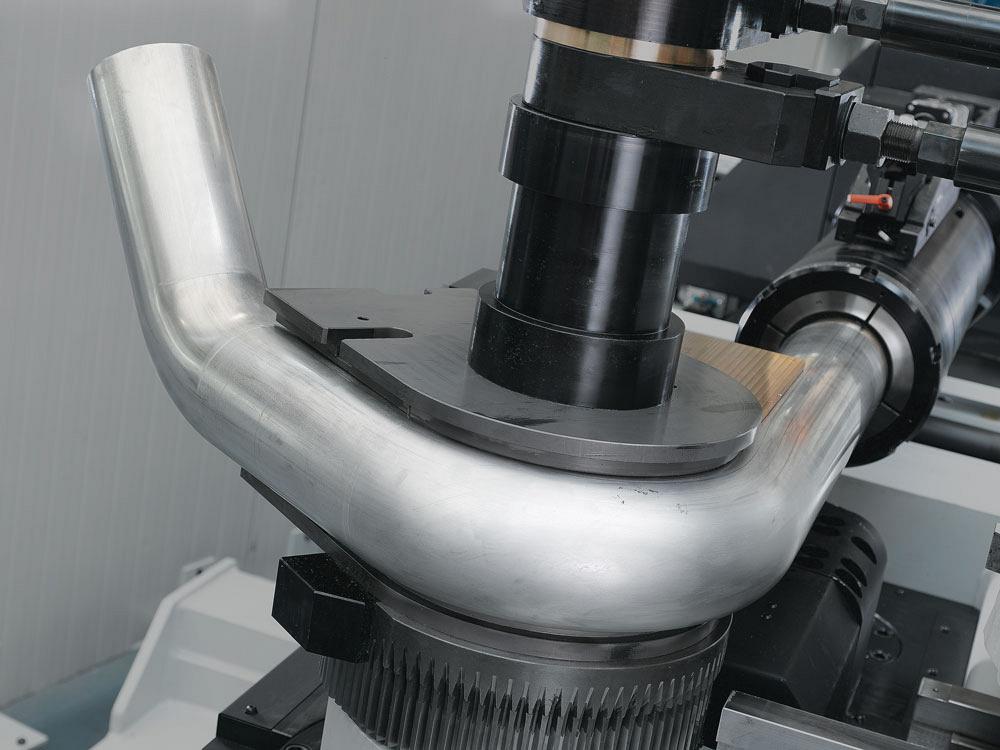
Before investing in a machine, it’s essential to clearly define your production goals. Many buyers choose models that either exceed their requirements or lack the capacity they actually need.
When considering a tube bending machine, evaluate your tube diameter range, wall thickness, promień gięcia, I material type. For example, stainless steel requires higher bending force than aluminum. Choosing a machine based solely on price or appearance often results in inefficiency or reduced precision.
How to Fix It:
List your production specifications in detail and share them with the manufacturer. A reputable supplier like HARSLE can help you match your requirements with the correct model—whether CNC, NC, or manual.
2. Overlooking Machine Accuracy and Repeatability
Precision is everything in metal fabrication. Some buyers focus only on tonnage or speed while ignoring critical accuracy factors such as the bending angle precision, repeatability tolerance, I servo control system.
Even minor deviations can cause misaligned parts and increased material waste.
How to Fix It:
Check if the machine uses osie sterowane serwomechanizmem, linear guides, I high-precision ball screws. These components ensure consistent results and reduce adjustment time between batches.
3. Choosing the Wrong Control System
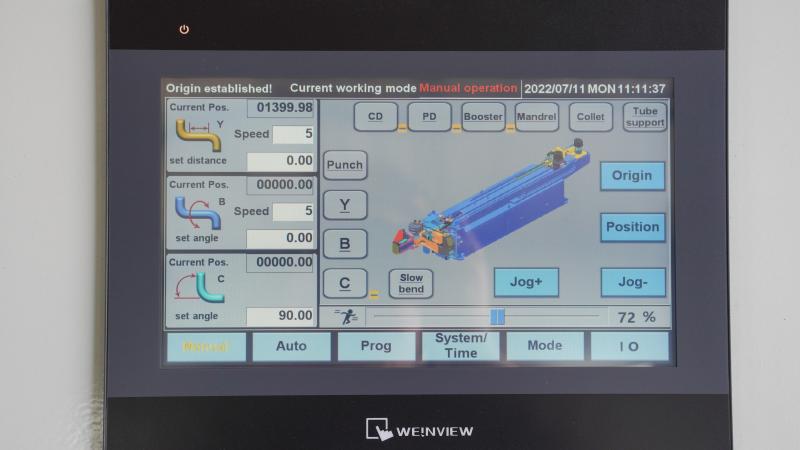
The control system defines how easily your operators can program and monitor bends. Selecting a machine with outdated or overly complicated software is one of the most common Błędy przy zakupie giętarki do rur.
How to Fix It:
Opt for intuitive, touch-screen CNC systems with multilingual interfaces and offline programming options. Modern controllers allow you to simulate bending sequences, reducing setup time and avoiding material collisions.
4. Neglecting Tooling Compatibility
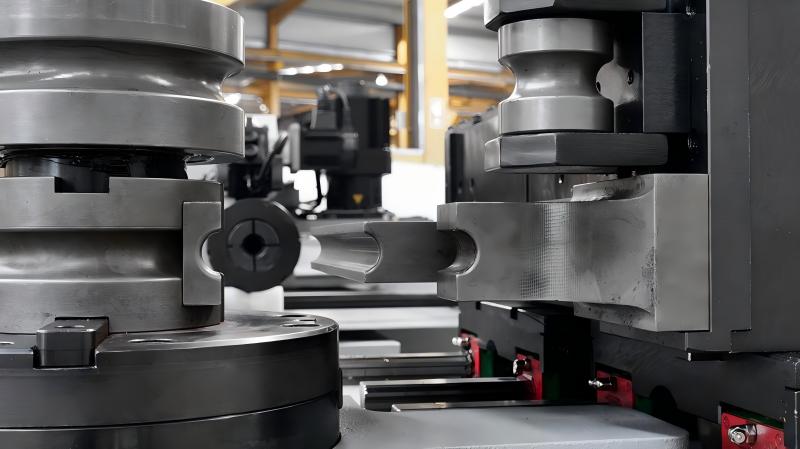
Your bending tooling determines how accurately and smoothly each bend is formed. Buyers sometimes overlook whether the mandrels, dies, and clamps are compatible with their product geometry or future expansion plans.
How to Fix It:
Consult the manufacturer about tooling standards, custom die availability, I quick-change systems. Choosing modular or universal tooling allows flexibility when handling multiple tube sizes.
5. Underestimating Material Support and Clamping Systems
Improper tube support can lead to wrinkling, ovality, or deformation—especially when bending thin-walled materials. Machines without sufficient clamping strength or material followers cause uneven results.
How to Fix It:
Select machines equipped with hydraulic or servo clamping systems, adjustable pressure settings, I automatic material followers. This ensures each bend maintains its intended shape and radius.
6. Ignoring After-Sales Support and Spare Parts Availability
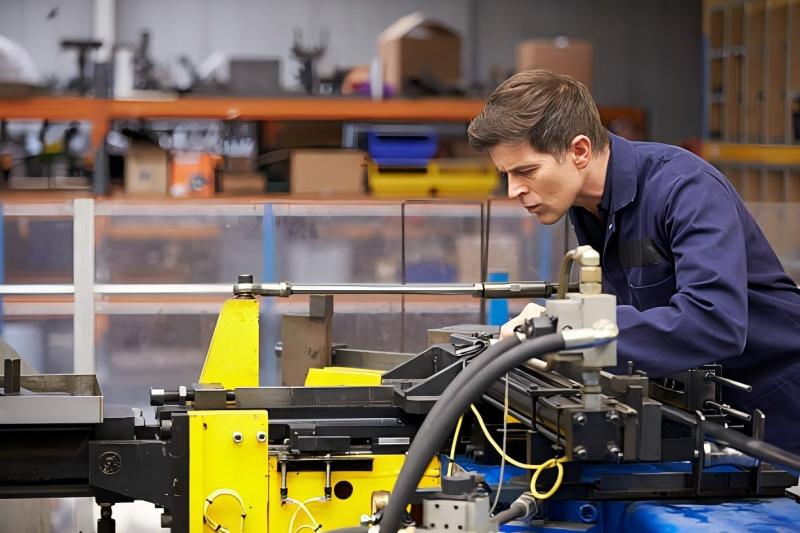
Even the best machine requires maintenance or replacement parts over time. Many buyers fail to verify the supplier’s ability to provide technical training, warranty service, I fast spare parts delivery.
How to Fix It:
Choose a manufacturer with a professional after-sales network, multilingual technical support, and readily available spare parts. HARSLE, for example, offers online guidance, on-site installation, and quick response services worldwide.
7. Focusing Only on Price Instead of Value
While budget is important, prioritizing the cheapest option often leads to higher costs later. Low-priced machines might lack essential safety systems, durability, or energy efficiency.
How to Fix It:
Evaluate the total cost of ownership, including energy use, maintenance frequency, and expected lifespan. A slightly higher initial investment in a quality tube bending machine ensures longer productivity and fewer breakdowns.
8. Ignoring Safety Features
Safety should never be an afterthought. Some buyers overlook whether the machine complies with international safety standards such as CE Lub NR12, or lacks emergency stop functions and safety light curtains.
How to Fix It:
Always verify safety certifications and protective features such as laser guards, emergency stops, door interlocks, I two-hand operation systems. These prevent accidents and ensure compliance with industrial regulations.
9. Skipping Machine Testing and Demonstrations
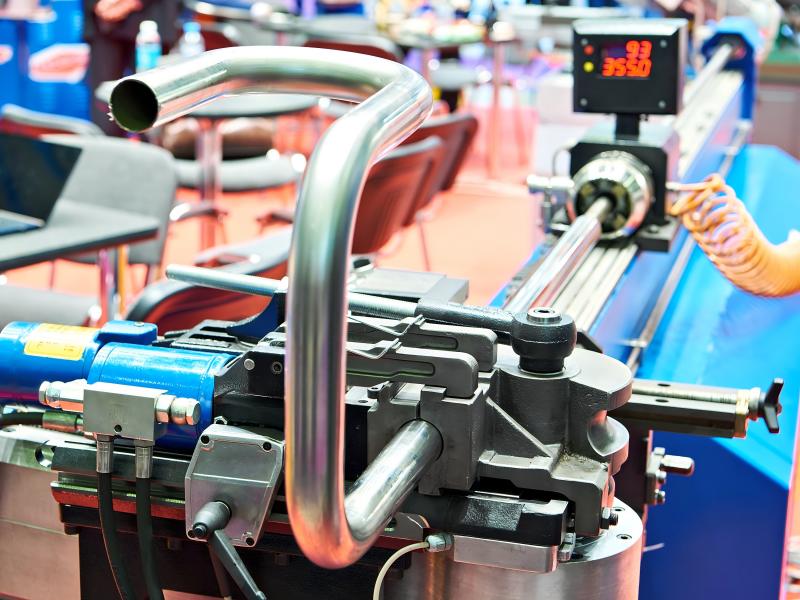
Purchasing without testing or seeing a demonstration is another major mistake. It’s easy to be impressed by specifications, but actual performance can differ.
How to Fix It:
Request a live test with your own tube samples or a factory visit. Reliable manufacturers provide bending demonstrations, allowing you to check accuracy, speed, and surface finish firsthand.
10. Ignoring Future Expansion and Automation
As your business grows, production demands change. Buying a machine with no room for upgrades—such as robot integration or automatic feeding—can limit your competitiveness.
How to Fix It:
Look for tube bending machines that support automation, data monitoring, I robotic loading systems. This ensures your investment remains adaptable to future production needs.
Często zadawane pytania
What’s the main difference between CNC and NC tube bending machines?
CNC machines use servo motors and programmable software for fully automatic operation, ideal for complex, high-precision parts. NC models are semi-automatic and better suited for smaller production runs.
How can I calculate the right bending capacity for my material?
Consider the outer diameter, wall thickness, I material strength. Manufacturers can provide a bending force chart to match your specific requirements.
How often should I maintain a tube bending machine?
Perform regular maintenance every 500–800 working hours. This includes checking lubrication points, tightening bolts, cleaning sensors, and recalibrating axes for accuracy.
Can I customize a tube bending machine for special shapes?
Yes. Most CNC tube benders can be equipped with custom tooling and software options to bend non-standard profiles or compound curves.
Wniosek
Avoiding these Giętarka do rur Buying Mistakes can save you significant time, money, and frustration. By focusing on your actual production requirements, machine accuracy, and after-sales support, you can make a purchase that delivers consistent quality and long-term reliability.
If you’re still uncertain which model suits your operation best, feel free to skontaktuj się z zespołem inżynierów HARSLE for professional advice and tailored solutions. We’ll help you choose the ideal tube bending machine that fits your business growth and ensures top performance for years to come.













